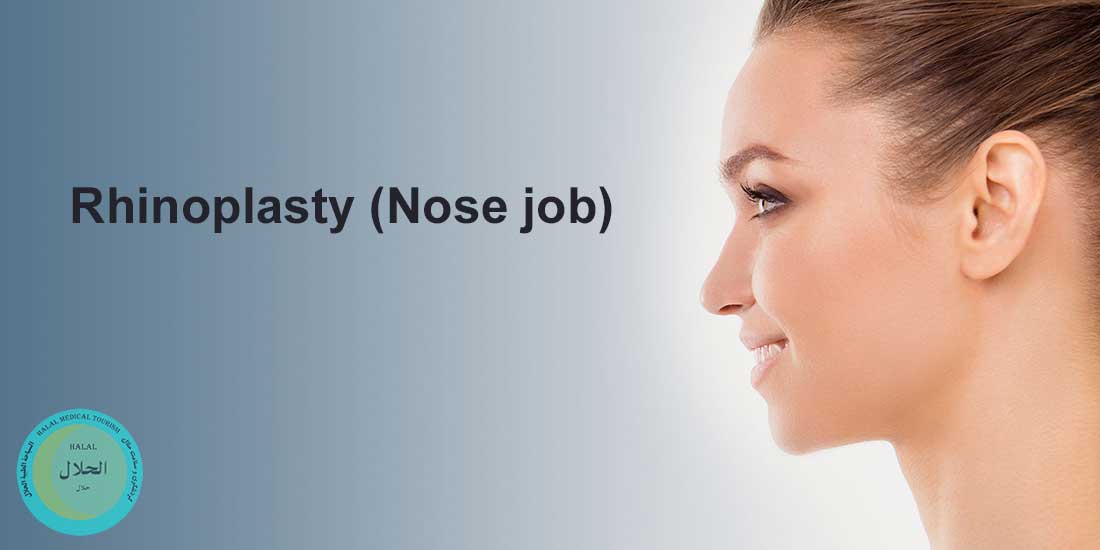Rhinoplasty, commonly referred to as a “nose job,” is a surgical procedure aimed at reshaping or resizing the nose to improve its appearance or function. It is one of the most common cosmetic surgeries performed worldwide. Rhinoplasty can address various concerns, including:
- Size: Reducing or increasing the overall size of the nose to achieve better facial harmony.
- Shape: Correcting bumps, humps, or asymmetry on the bridge of the nose.
- Tip: Refining the shape and size of the nasal tip, such as reducing bulbousness or drooping.
- Nostrils: Adjusting the size or shape of the nostrils, including narrowing wide nostrils.
- Function: Improving breathing difficulties by correcting structural issues within the nose, such as a deviated septum.
Rhinoplasty can be performed using either an open or closed technique:
- Open Rhinoplasty: In this approach, the surgeon makes a small incision across the columella (the strip of tissue between the nostrils) to access the underlying nasal structures. This technique provides better visibility and control, particularly for complex or extensive nasal reshaping.
- Closed Rhinoplasty: Also known as endonasal rhinoplasty, this technique involves making incisions inside the nostrils, leaving no visible external scars. Closed rhinoplasty is typically used for minor adjustments and has a faster recovery time compared to open rhinoplasty.
The specific surgical techniques and approach used in rhinoplasty depend on the individual’s unique anatomy and aesthetic goals. During a consultation, the surgeon will evaluate the patient’s nose, discuss their concerns and expectations, and create a customized surgical plan.
After rhinoplasty, patients can expect some swelling, bruising, and discomfort, which typically subside gradually over several weeks. It may take several months for the final results of the procedure to become fully apparent as swelling resolves and the nasal tissues settle into their new shape.
As with any surgical procedure, rhinoplasty carries risks, including infection, bleeding, anesthesia complications, and unsatisfactory aesthetic outcomes. Therefore, it’s crucial to choose a board-certified plastic surgeon with extensive experience in rhinoplasty to minimize risks and achieve the best possible results.

